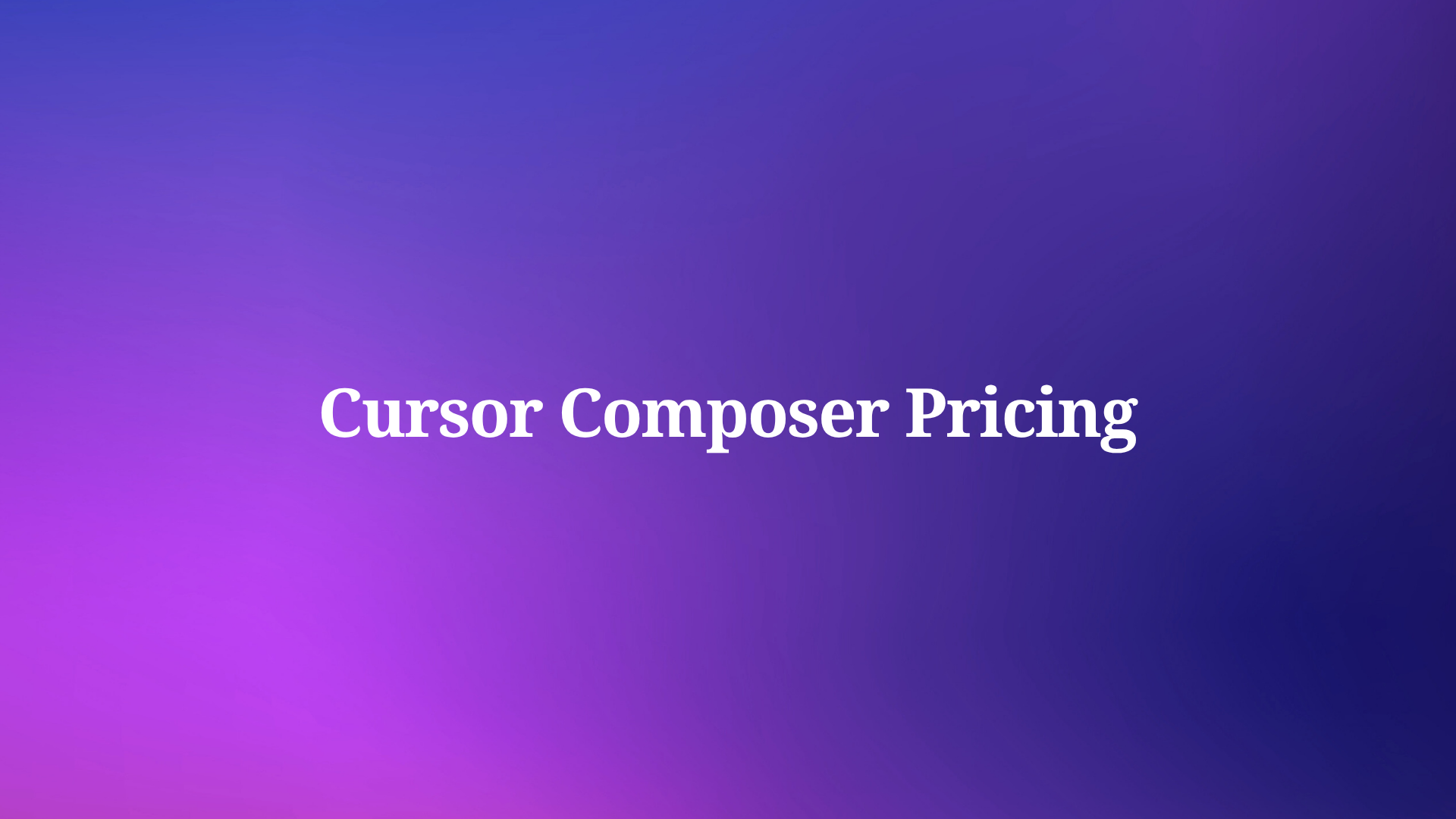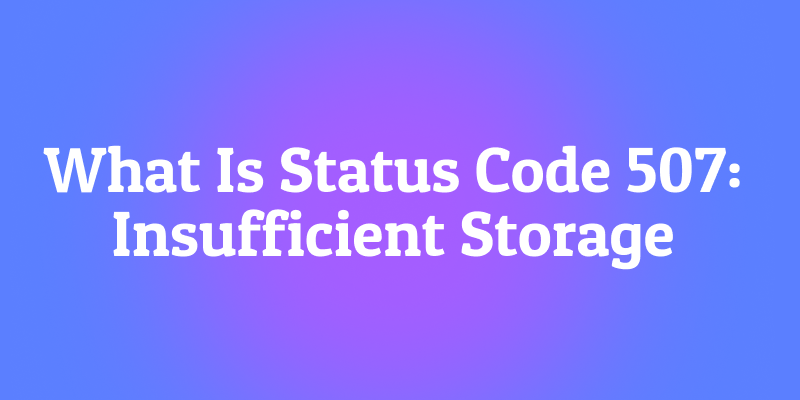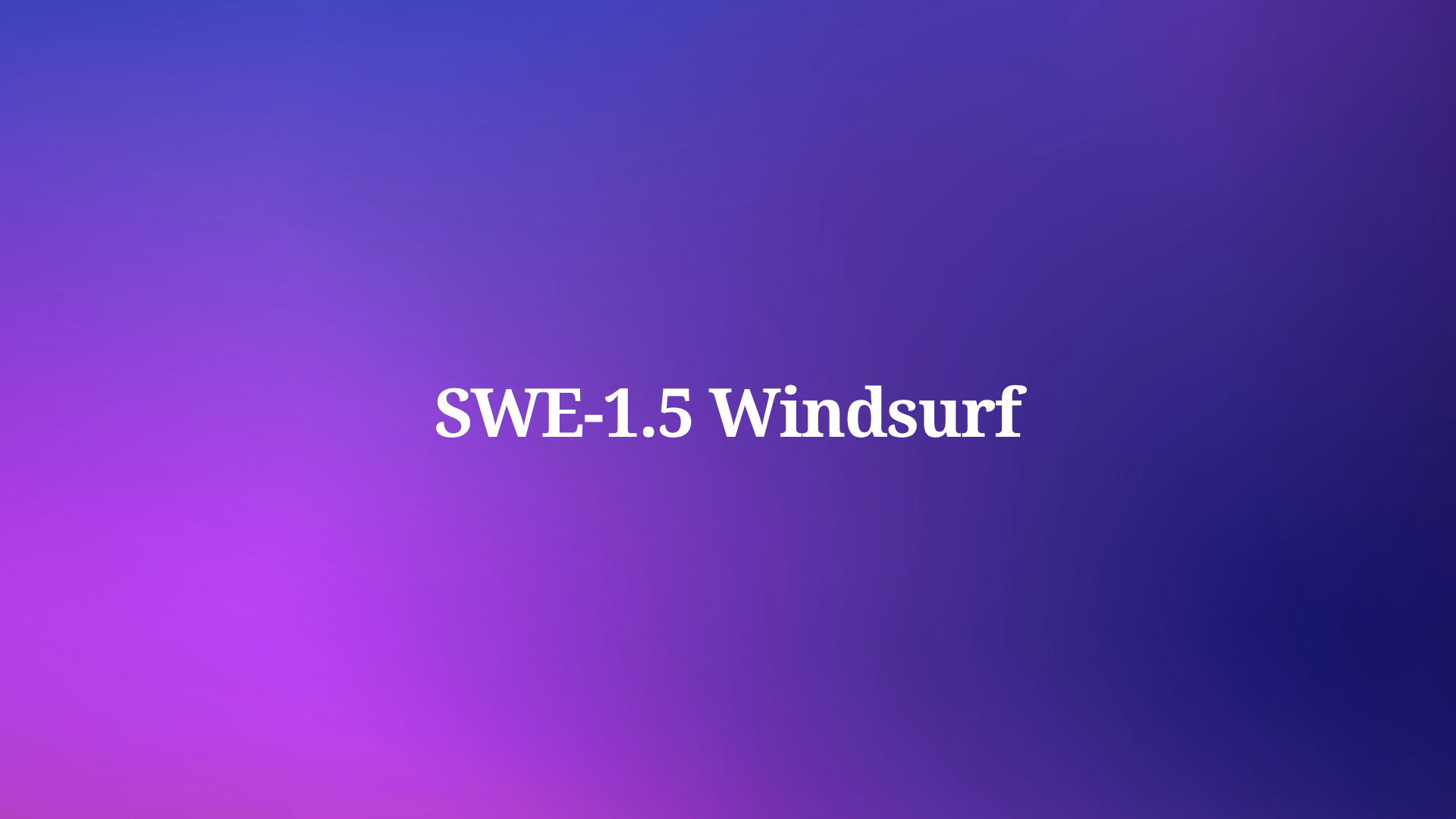Developers increasingly integrate AI tools into their workflows to accelerate code generation and problem-solving. Cursor Composer stands out as a specialized agent model that enhances productivity in software engineering tasks.
Cursor Composer operates within the Cursor IDE, a platform that leverages advanced AI for code editing. Engineers rely on it for tasks ranging from debugging to full codebase refactoring.
Understanding Cursor Composer: The Core Technology
Cursor builds Composer as a mixture-of-experts (MoE) language model tailored for software engineering. It achieves high intelligence while maintaining generation speeds four times faster than comparable models on internal benchmarks. The model undergoes reinforcement learning (RL) in diverse development environments, where it learns to handle real-world challenges in large codebases.
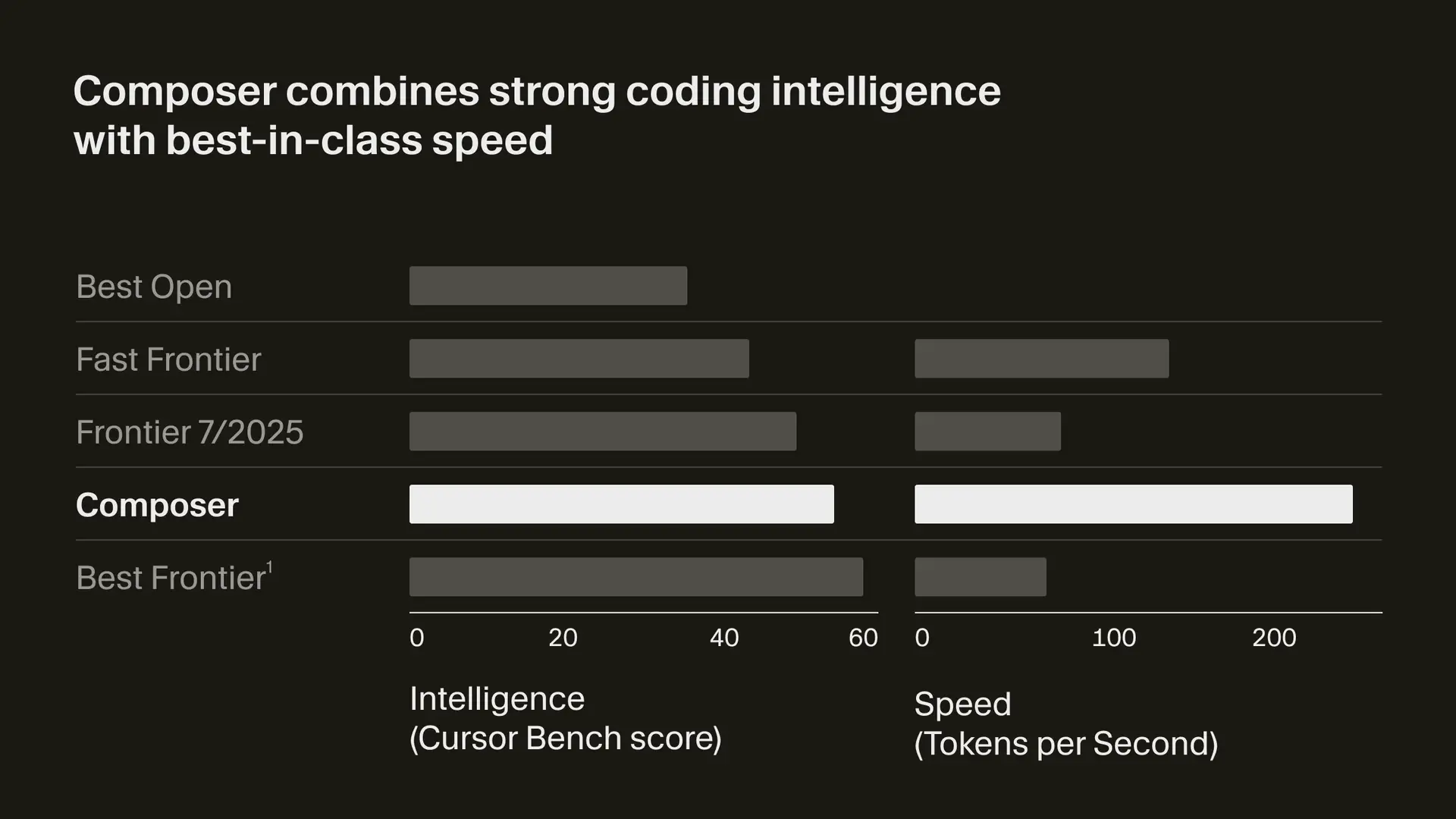
Specifically, Cursor trains Composer to utilize tools such as file editing, semantic search, and terminal commands. During RL phases, the system incentivizes efficient behaviors, including parallel tool usage and minimal unnecessary outputs. This results in an agent that not only generates code but also plans, tests, and iterates autonomously.
Key Features Driving Cursor Composer's Value
Cursor Composer delivers several technical features that justify its positioning in the AI coding landscape. First, it excels in agentic workflows, where the model autonomously decides on tool sequences to solve problems. For instance, it performs codebase-wide searches and applies edits in parallel, minimizing developer intervention.
Additionally, the model's RL training incorporates production-like environments, complete with sandboxed executions. This approach teaches Composer to avoid unsubstantiated claims and prioritize verifiable actions, enhancing reliability in enterprise settings.
Moreover, Composer integrates seamlessly with Cursor's IDE tools, supporting features like inline code generation and diff previews. Users benefit from its specialization in software engineering practices, evaluated via benchmarks like Cursor Bench, which assesses correctness and adherence to abstractions.
Another key aspect involves its speed optimizations. By leveraging MoE architecture and custom kernels, Composer generates responses at frontier levels without sacrificing latency. Developers handling large projects appreciate this, as it reduces wait times during iterative development.
Cursor Pricing Plans: A Tiered Approach
Cursor structures its pricing around subscription tiers, each providing varying levels of access to Composer and other models. The company offers a free Hobby plan, but serious users opt for paid options to unlock full capabilities.
The Pro plan costs $20 per month and includes 500 fast agent requests. This tier grants access to top models, including Composer, with basic usage credits. Developers use these requests for Composer invocations, such as generating code snippets or refactoring modules.

Moving up, the Pro+ plan prices at $60 monthly, tripling the usage credits to equivalent $60 value. It suits power users who frequently engage Composer for complex agents or automations. This expansion allows more extensive interactions without hitting limits quickly.
For high-volume needs, the Ultra plan demands $200 per month, offering unmatched limits and advanced features. Teams benefit from this, as it supports intensive workflows like continuous integration with AI agents.
On the team side, the Teams plan starts at $40 per user per month, adding centralized billing and analytics. Enterprise plans feature custom pricing, with options for privacy controls and role-based access.
Importantly, all paid plans include Composer access, but free users face restrictions on advanced models. Subscriptions bill monthly or annually, with discounts for longer commitments in some cases.
However, exceeding included credits triggers pay-as-you-go fees, based on token consumption. This hybrid model ensures scalability, allowing users to pay only for extra usage.
Token-Based Pricing for Cursor Composer
Cursor charges for Composer on a per-token basis beyond included credits. Specifically, input tokens cost $1.25 per million, while output tokens also run $1.25 per million. Additional metrics include $0.13 for caching and $10.00 for certain tool calls, depending on the context.
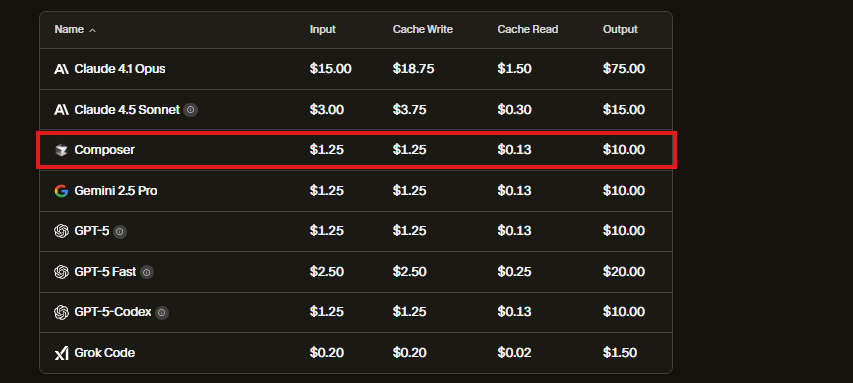
To illustrate, a typical Composer request involving 10,000 input tokens and 5,000 output tokens incurs about $0.01875 in fees. Developers calculate this by multiplying token counts by the rate and dividing by one million.
Moreover, fast requests—prioritized for low latency—consume from the allotted pool in subscriptions. Each request equates to a certain token volume, varying by complexity.
In comparison, other models like Claude 4.5 Sonnet cost $3.00 input and $3.75 output per million tokens. Composer thus provides a cost-efficient alternative for software-specific tasks.
Furthermore, usage analytics in higher tiers help track expenditures. Users optimize by prompting efficiently, reducing token waste through concise inputs.
Therefore, understanding token mechanics enables precise budgeting, especially for frequent Composer users.
Calculating Typical Usage Costs with Cursor Composer
Daily users of Composer agents typically spend $60 to $100 monthly on total usage. This estimate accounts for moderate interactions, such as 20-30 requests per day in the Pro plan.
For example, a developer refactoring a 50,000-line codebase might use Composer for semantic searches and edits, consuming 100,000 tokens per session. At standard rates, this costs around $0.25 per session.
Power users running multiple agents or automations often exceed $200 monthly. They benefit from Ultra's higher limits to avoid overage fees.
Additionally, factors like context length amplify costs; long-context prompts with Composer can reach millions of tokens for large repos.
To mitigate, engineers employ techniques such as chunking code or using caching, which at $0.13 per million offers savings on repeated elements.
In team environments, shared usage pools in the $40/user plan distribute costs effectively. Analytics reports reveal patterns, allowing adjustments.
Consequently, proactive cost management turns Composer into a predictable expense, aligning with project budgets.
Comparing Cursor Composer Costs to Competitors
Cursor Composer competes with tools like Claude AI or GitHub Copilot, but its pricing offers distinct advantages. For instance, Copilot charges $10/month for individuals, but lacks Composer's agentic depth.
Windsurf, another AI editor, starts at $15/seat, yet its pricing complexity contrasts Cursor's transparency.
Moreover, Claude 3.5 via Cursor costs more per token, but users report $40/month for 1000 requests in Pro. Composer, at lower rates, suits specialized needs better.
In broader terms, open-source alternatives like Ollama incur hardware costs, potentially exceeding $200/month in cloud instances, without Composer's optimized training.
Furthermore, enterprise features in Cursor's custom plans provide value over flat-fee competitors, including privacy modes.
Therefore, Composer's blend of speed, intelligence, and cost positions it favorably for technical users.
Is Cursor Composer Worth the Cost?
Cursor Composer delivers substantial value for its price, particularly in Pro and higher tiers. Its technical superiority in speed and intelligence outweighs expenses for productive developers.
However, budget-conscious users evaluate against free alternatives.
Moreover, as AI evolves, Composer's updates maintain relevance.
In conclusion, investing in Composer accelerates development, provided usage justifies the tier.
